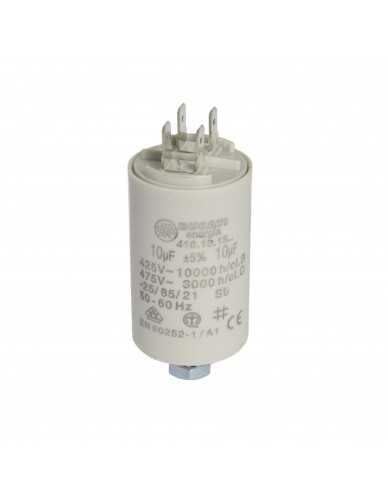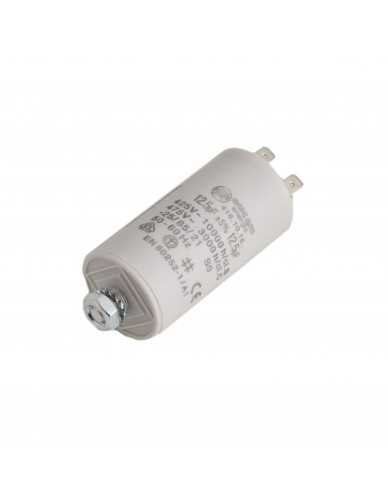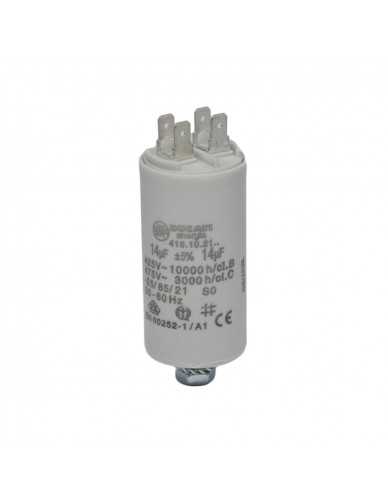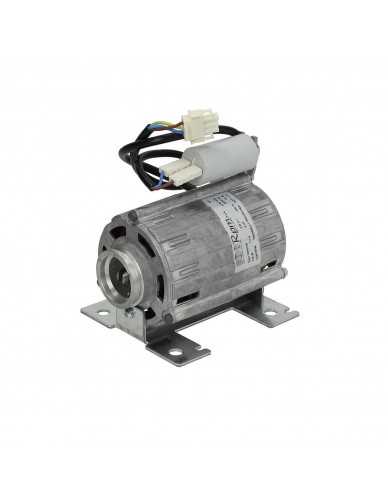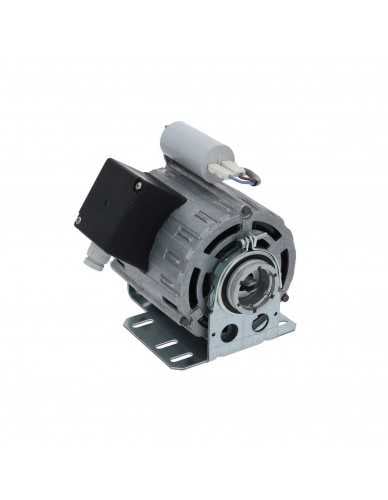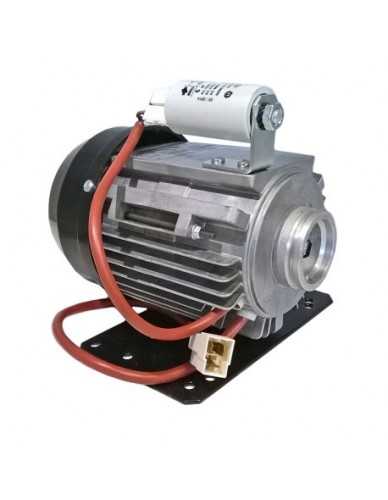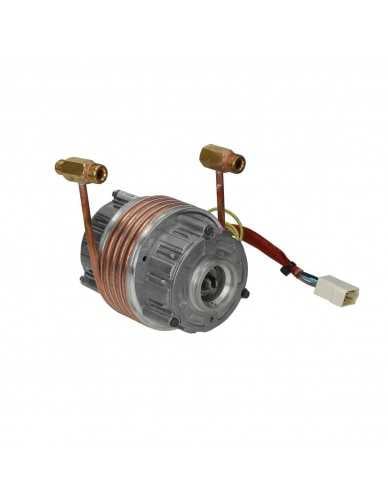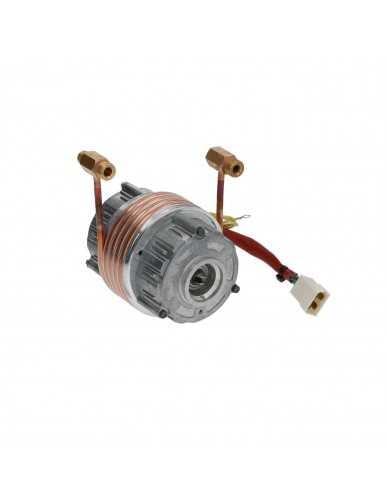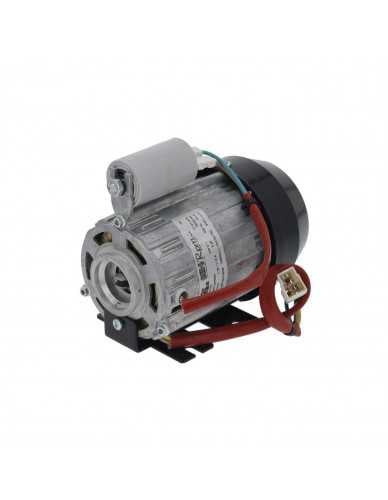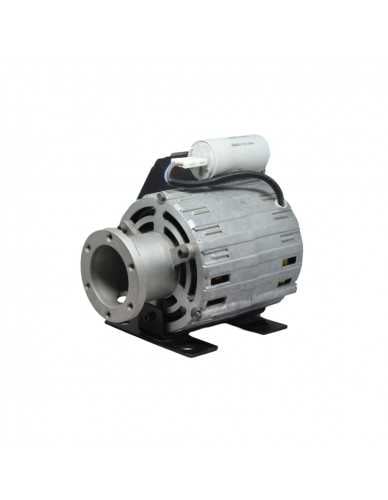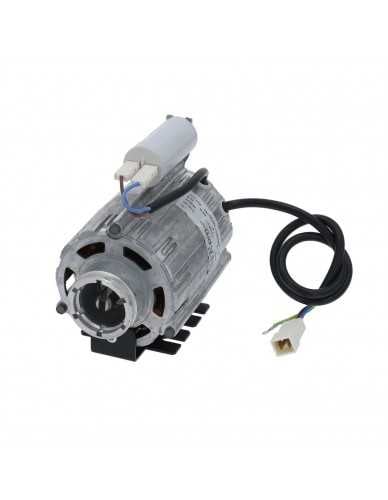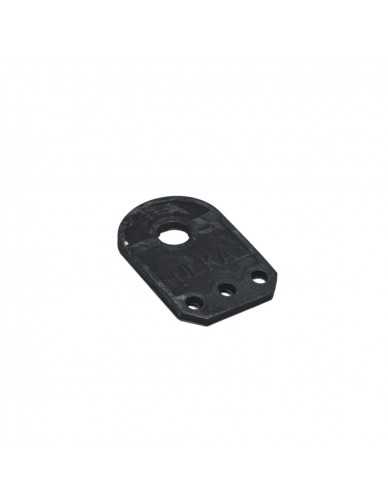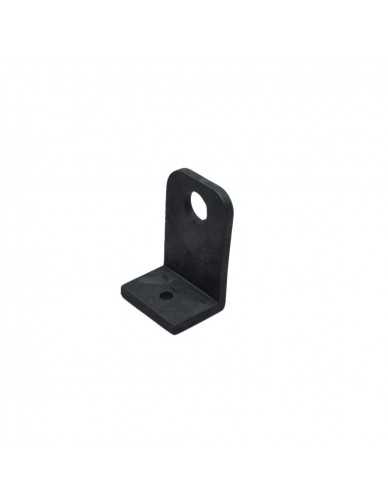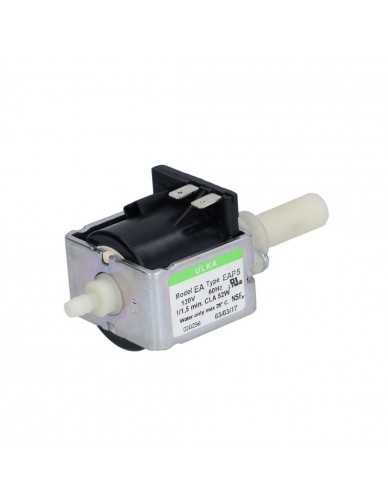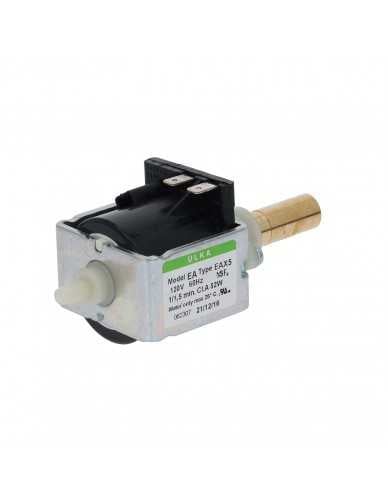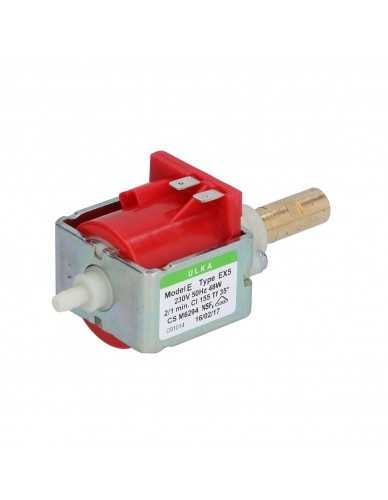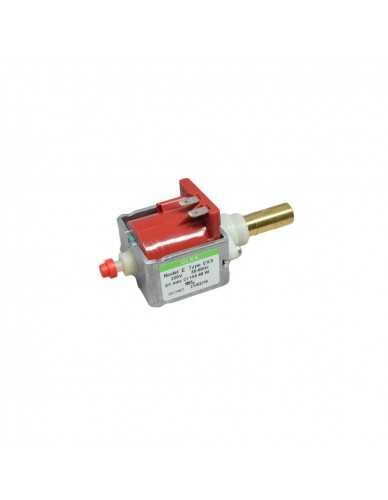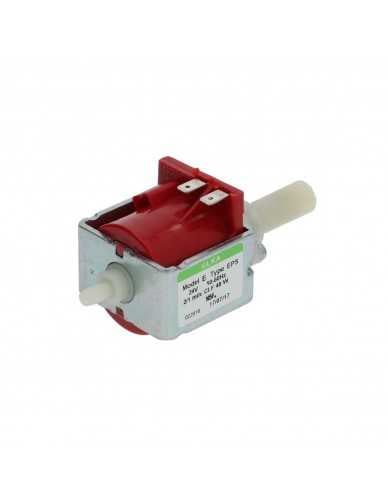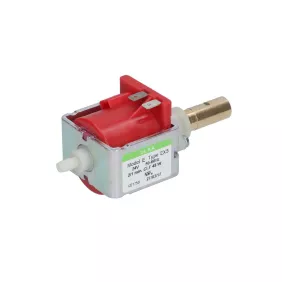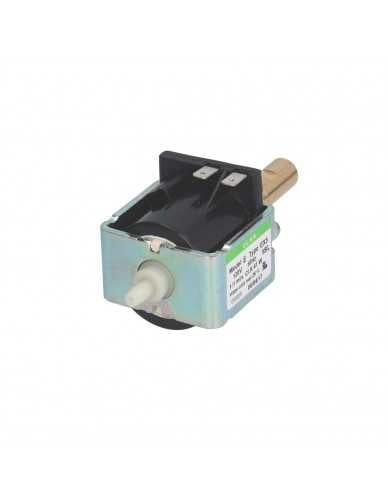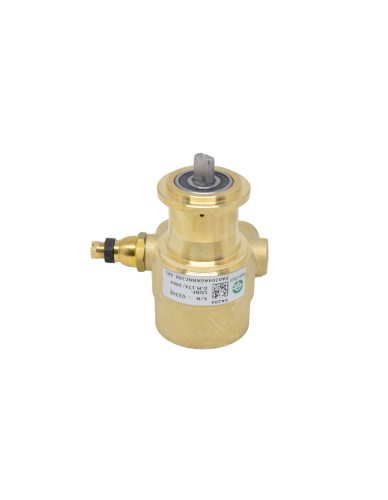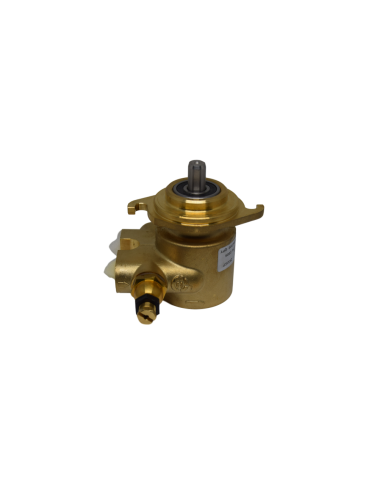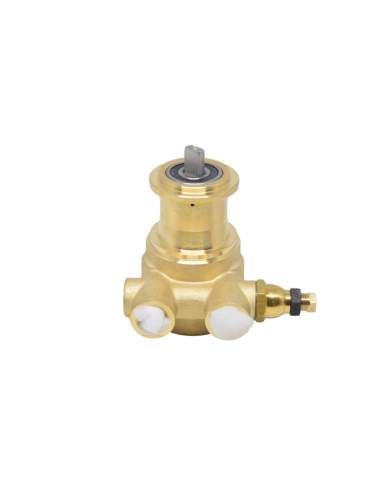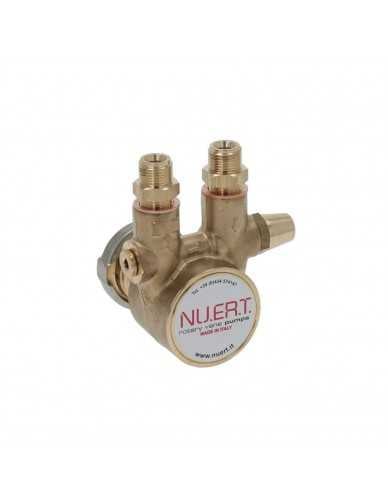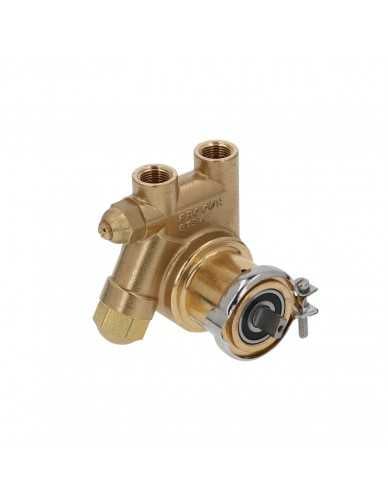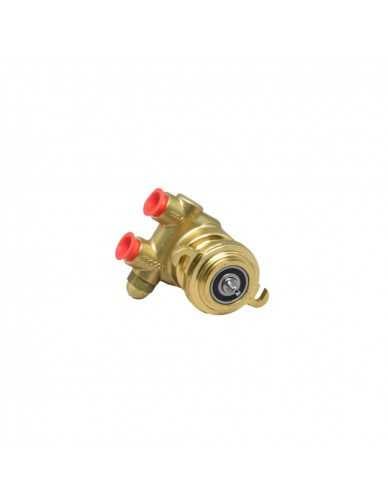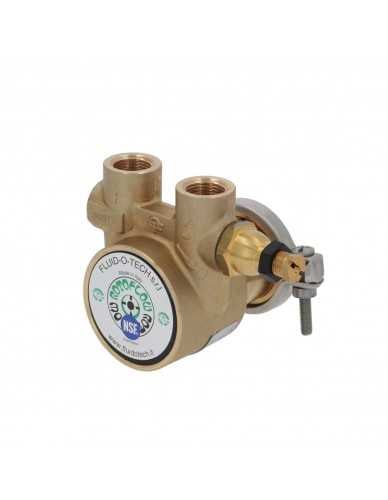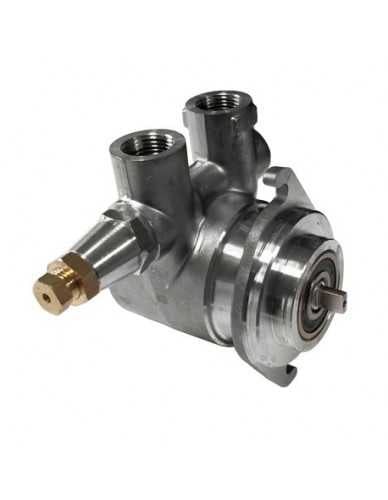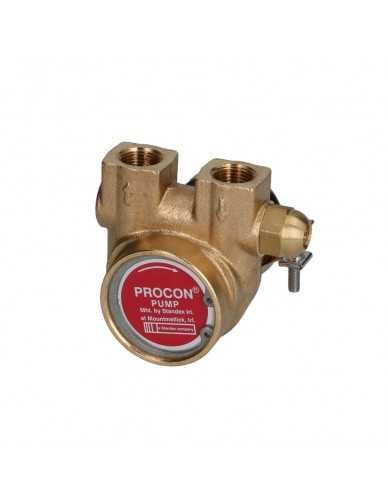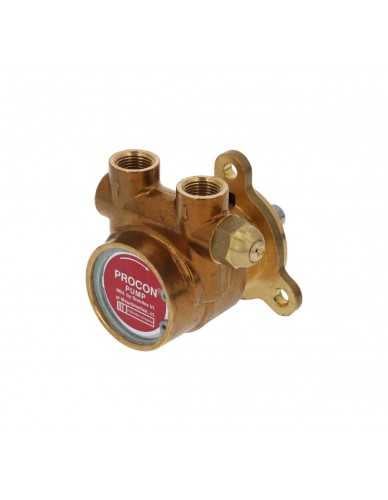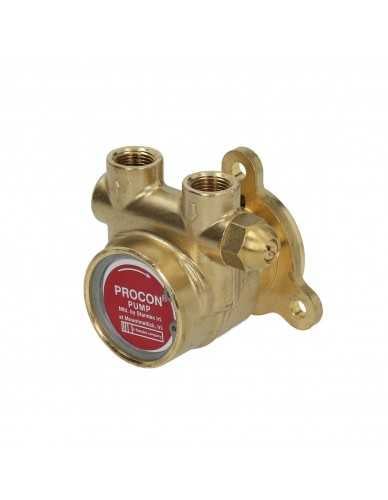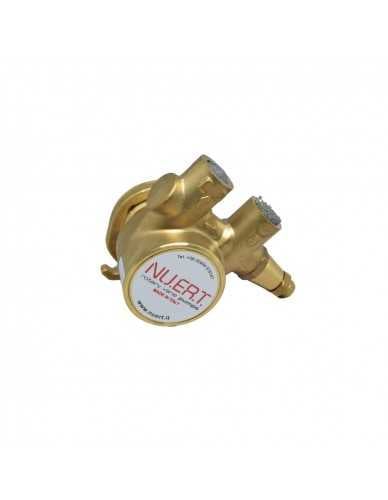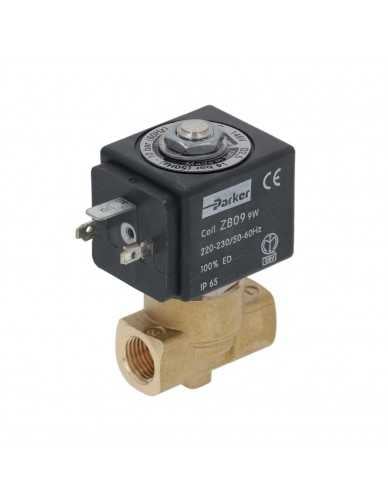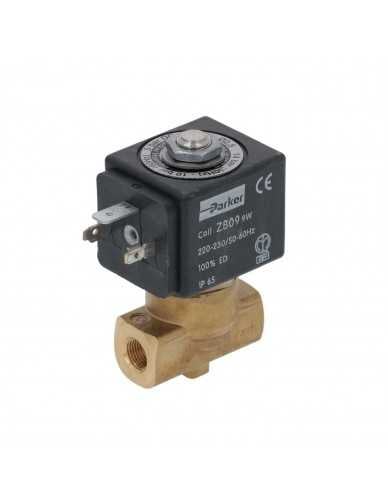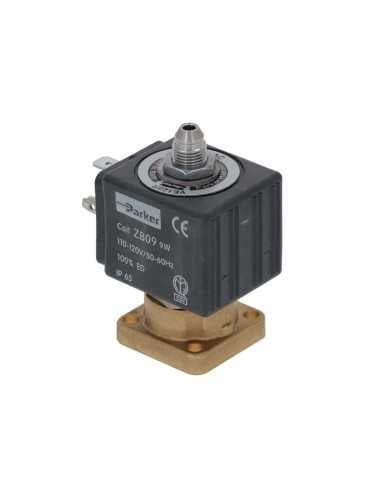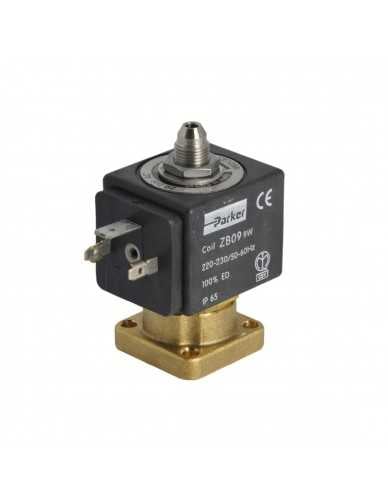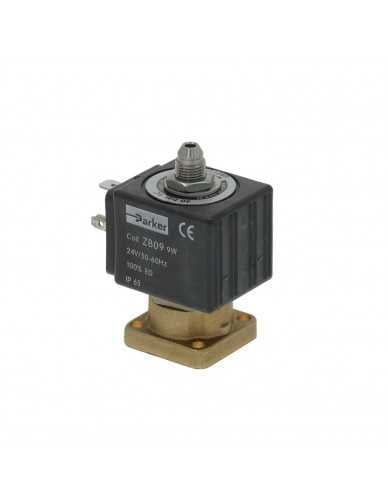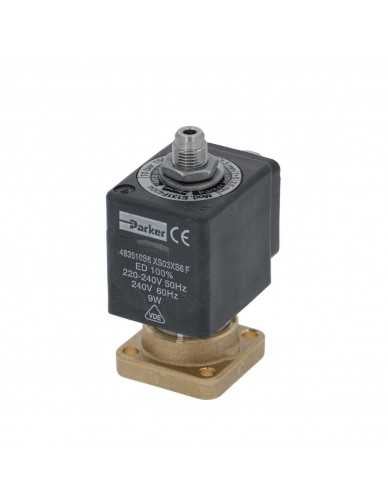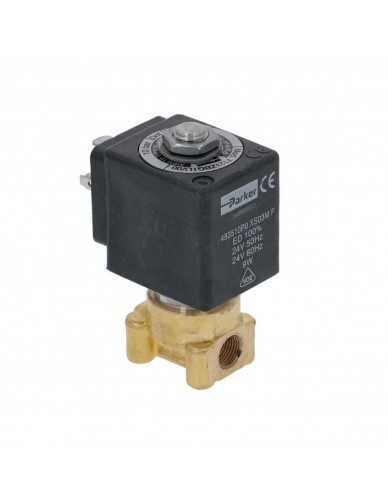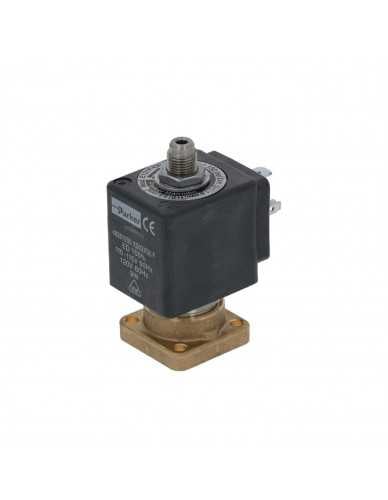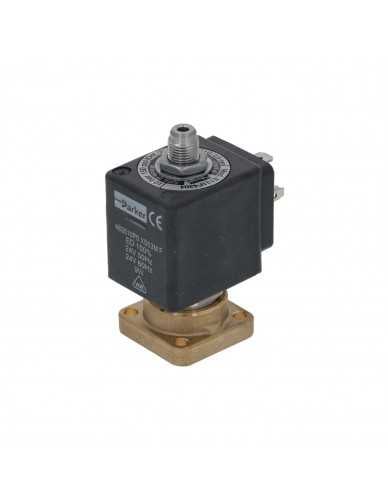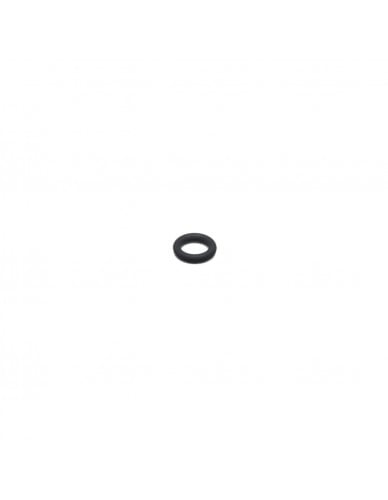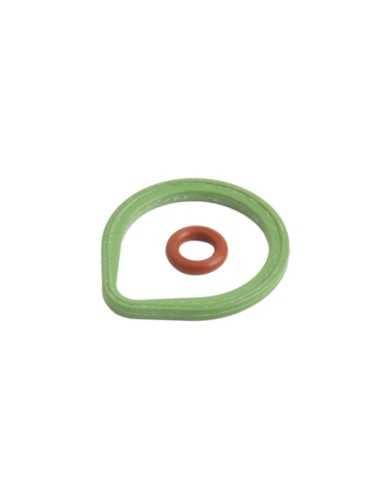asd
Motor
In almost every case this means that you need to replace the motor capacitor. A espresso machine motor is always a single phase motor, so it requires a motor start capacitor to function. If this capacitor is broken your motor won’t start. You can measure your capacitor with a multimeter if it is indeed bad. If that is the case you need to replace the espresso machine motor capacitor. Always make sure that you have the correct amount of microfarad, if that is too low your motor won’t start either.
Ducati Energia capacitor 10μF 450V
Ducati Energia capacitor 12,5µF 450V
Ducati Energia capacitor 16µF 450V
Ducati energia 14µF capacitor
Ducati Energia capacitor 6µF
Nuova Simonelli/Victoria Arduino Capacitor 60uf
Ducati Energia 2 µF 416.10.01.64 capacitor
Ducati Energia 2,5 µF 416.10.02.64 capacitor
Ducati Energia 7 µF 416.10.12.64 capacitor
Ducati Energia 11 µF 416.10.16.64 capacitor
This is a indication of a bad capacitor, which needs replacing. The advantage of this is that they are relatively expensive.
Ducati Energia capacitor 10μF 450V
Ducati Energia capacitor 12,5µF 450V
Ducati Energia capacitor 16µF 450V
Ducati energia 14µF capacitor
Ducati Energia capacitor 6µF
Nuova Simonelli/Victoria Arduino Capacitor 60uf
Ducati Energia 2 µF 416.10.01.64 capacitor
Ducati Energia 2,5 µF 416.10.02.64 capacitor
Ducati Energia 7 µF 416.10.12.64 capacitor
Ducati Energia 11 µF 416.10.16.64 capacitor
If you have replaced the capacitor, with the correct microfarad, and it still doesn’t work. You first need to start to check if there goes power to the motor. If this is the case it is likely that your pump motor is broken and needs replacing.
Exterior RPM motor 300W 220/230V
RPM clamp ring motor 150W 230V 50/60Hz
RPM clamp ring motor 165W 230V 50Hz with junctionbox
RPM clamp ring motor 220/240V 50/60Hz
RPM clamp ring motor 330W 220/240V 50/60Hz
RPM clamp ring water cooled motor 310W 110/120V 50/60HZ
RPM clamp ring motor 150W 230V CE/UL Rancilio
RPM screw motor with junction box 150W 230V
Vibiemme RPM pump motor 100W 220/230V
Pumps
Then the chance is pretty big that you need to replace the entire pump. The advantage is that vibration pumps are not really expensive.
Ulka vibration pump damper 90degree
Ulka vibration pump EAP5 120V
Ulka vibration pump EAXS5 120V with brass outlet
Ulka Vibration pump EX5 230V 50/60Hz with brass outlet
Ulka vibration pump EP5 24V
Ulka vibration pump EX5 24V brass outlet 50/60Hz
Ulka vibration pump EX5 41W 120V with brass outlet
You can not adjust the pump pressure on a Ulka vibration pump.
Ulka vibration pump EAP5 120V
Ulka vibration pump EAXS5 120V with brass outlet
Ulka Vibration pump EX5 230V 50/60Hz with brass outlet
Ulka vibration pump EP5 24V
Ulka vibration pump EX5 24V brass outlet 50/60Hz
Ulka vibration pump EX5 41W 120V with brass outlet
Adjusting the pump pressure on a fluid o tech pump is pretty straight forward. Untighten the locking nut on the side of the pump. Now you can move the adjustment screw. When you turn the screw inwards the pump pressure increases, when you turn it outwards the pump pressure will decrease. Don’t forget to tighten the locking nut!
Fluidotech clamp ring pump 200L/H
Procon clamp ring pump 180 L/H
Fluid o tech flange pump 150 L/H
Fluid o tech clamp ring pump 100 L/H
Fluid o tech clamp ring pump 100 L/H compact
Nuert plane rod pump 200 L/H with side connector
Procon flange pump 180 L/h
Procon Flange pump 180 L/H with small shaft
Fluid o tech pump Carimali 50 L/h ecobrass
Fluid o tech pump 100 L/h ecobrass
Nuert Flange pump Stainless steel 180 L /H
Procon pump 100 L/h La Pavoni 3/8" NPT
Procon flange pump 180 L/H 3 holes
Procon flange pump 150 L/h 3/8" NPT
Nuert flange pump 150 L/H compact
No they are not all the same. The most common is the square shaft, this is used with most espresso machine brands. But when you have a espresso machine of Gruppo Cimbali you will find various models. The most common ones are the D shape and the small square shaft.
With this is it is the same as with the pump shafts. The standard pumps are clamped on the flange of the motor with a stainless steel clamp. But with the pumps used on espresso machines from Gruppo Cimbali you have pumps which are bolted to the flange of the motor. This can be a 3 hole flange, or a 2 bolt model.
No these pumps can not be rebuild. There are also no rebuild kits available for these pumps
On the pumps such as Fluid o tech, Procon and Nuert you will mainly find 3/8” BSP-G threads, but you can also find 3/8” NPT threads. For this you have special fittings, that are the brass 3/8” Male fittings and for the NPT model you have the nipple 3/8” NPT Male with 3/8” BSP
This mainly depends on how many brewing groups your espresso machine has. There 3 types of pumps, a 50, 100 and a 200 L/H pump. For a single group and a smaller 2 group espresso machine you can work with a 50 or a 100 L pump. When you have more then 2 brewing groups you do need to go for a 180-200 L/H pump. Price wise there is no difference between these pump versions.
Solenoid valves
There are in total 4 manufacturers of solenoid valves, ODE, ASCO, Lucifer and Parker. Where the brand Luciferis part of the brand Parker.
Ode 2 way solenoid valve 1/4" 1/4" 220/230V 50/60Hz DN1,5mm
Parker 2 way solenoid valve 1/4" 1/4" DN 2,5mm 9W 220/230V 50/60Hz
Parker 2 way solenoid valve 1/8" 1/8" 230V
Parker 3 way solenoid 110V 50/60Hz conical
Parker 3 way solenoid valve 220/230V
Parker 3 way solenoid valve 24V 50/60Hz
Lucifer solenoid 3 way base mounting 220/240V 50/60Hz
Lucifer solenoid valve 2 way 1/8" 1/8" 24V AC 9W
Lucifer solenoid valve 3 way base mounting 115V 50/60Hz
Lucifer solenoid valve 3 ways base mounting 24V AC
There are 2 types used. A 3 way valve and a 2 way valve. The 2 way valve is used for controlling flows, such as a water inlet valve and a water outlet. The 3 way valve is solely used on brewing groups, where the 3rd outlet is used as a exhaust port.
This depend a bit on what brand of machine you have and where you are located. The most common voltage is 220/240V for most of the world. Where the US uses 110V coils on some of the machines, not all of them. But with brands such as Cimbali you also have 24V coils.
Well that is basically the diameter of the hole in the solenoid valve. The bigger the diameter the more water can flow true the valve.
This does depend on which model you have. In most cases you need 2 o rings. If you have the stainless steel Parker solenoid valves, these are not a option. For that you need the Parker stainless steel solenoid gasket set. These are not sold individually.

